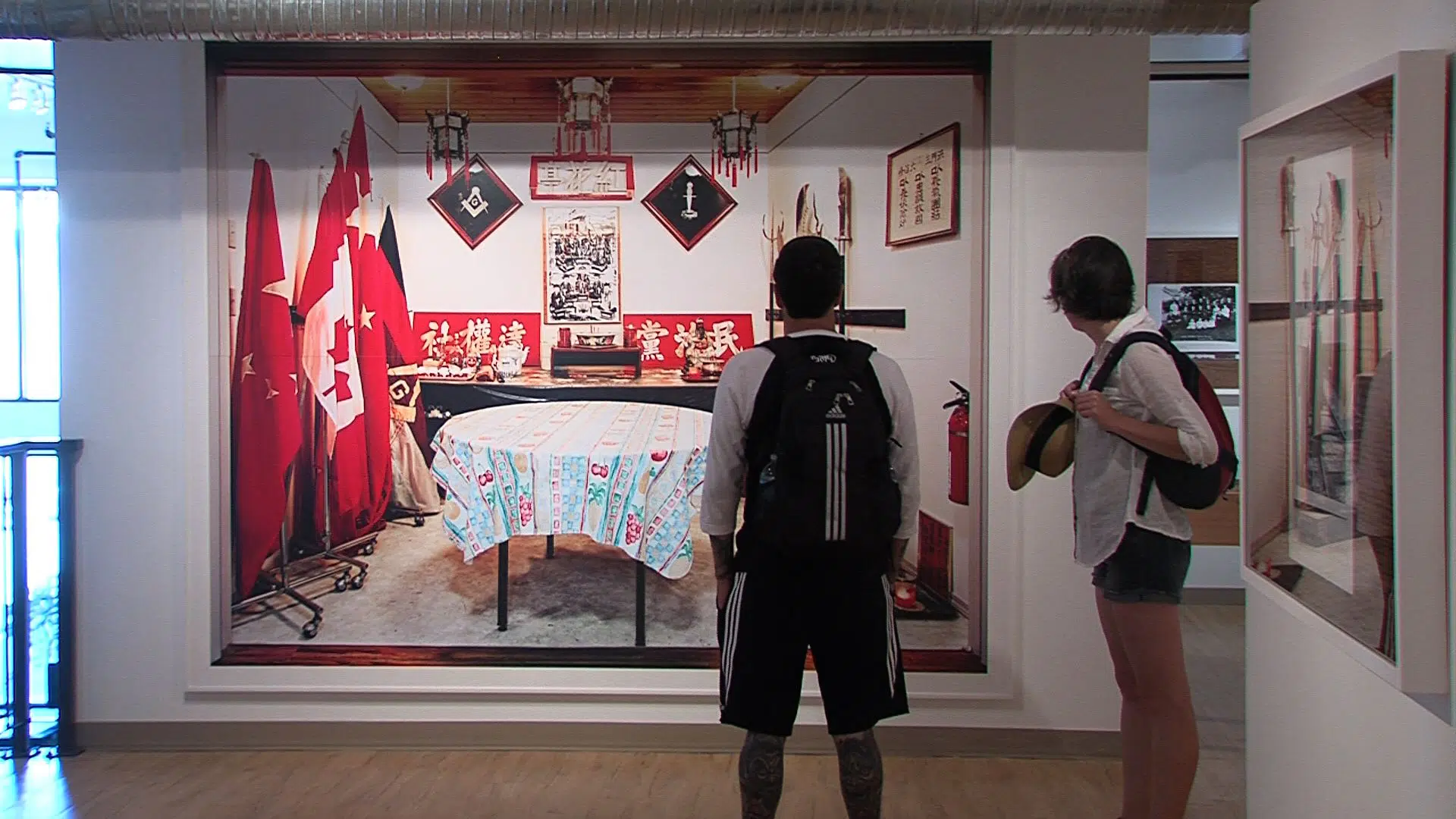
New Kamloops Museum exhibit uses art to frame history
KAMLOOPS — The newest exhibition at the Kamloops Museum may seem like a display on the history of Kamloops’ Chinese community, however, photographs of archived materials, and images of people and places raise questions about who is recording this history, and how it is being recorded.
Photographs of historical documents line the walls of the Kamloops Museum, each piece of paper telling a story, but not always the one intended.
Museum curator Matt Macintosh says he recruited Mississauga-based artist Morris Lum to dig through documents relating to the local Chinese community for a new exhibition called Morris Lum Re: Recording Chinese Histories.


